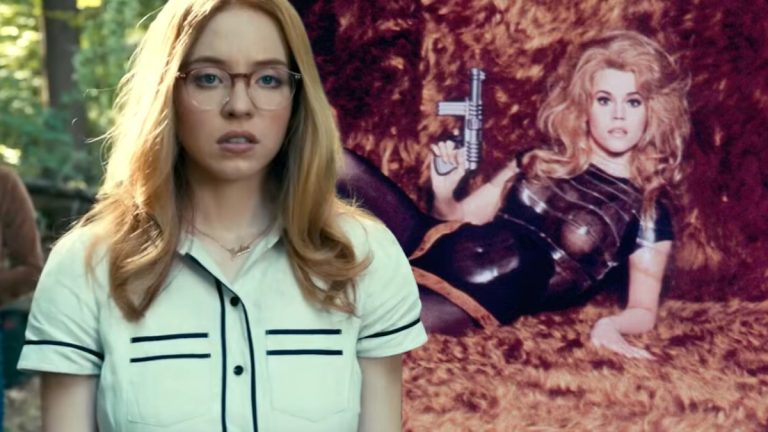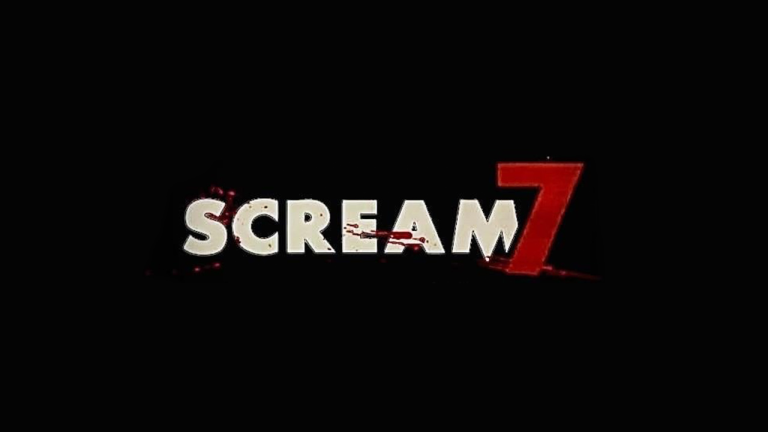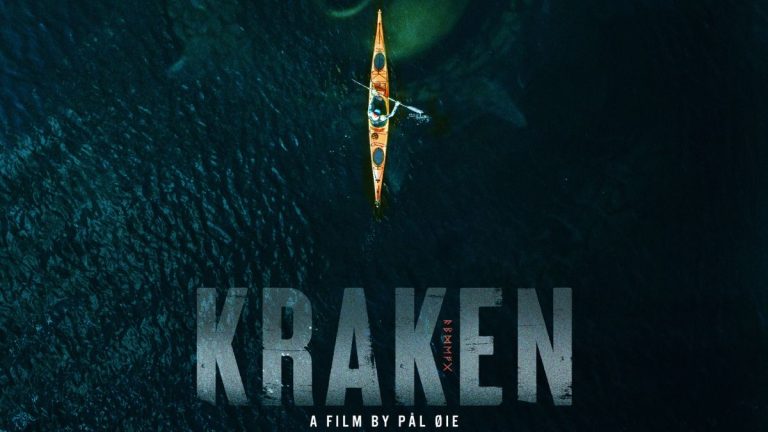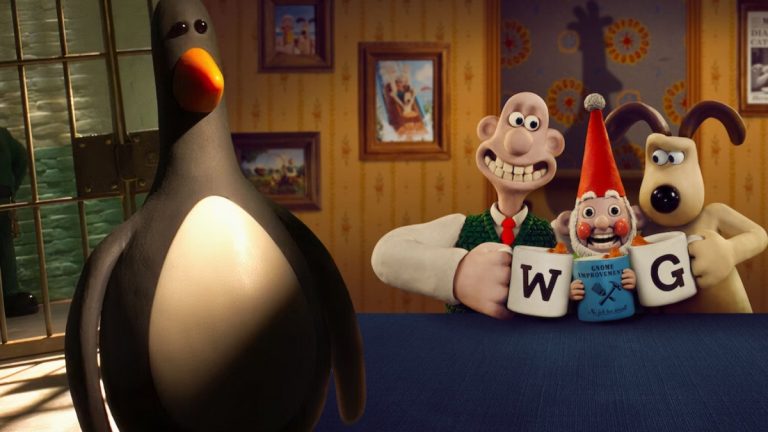The History and Future of the Streaming Wars

Streaming taking over from broadcast television was just a matter of time. The advantages were too many to ignore, leading older systems down their continued path of obsolescence and decay. We’re not at the end of the road yet, however, as what once promised to be a landscape filled with positives is continually finding new ways to frustrate. So, how did the streaming world reach this point, what is it doing now that mitigates the promise it once held, and what solutions might we hope for or realistically find in the future?
Broadcasting as a Base
The first television station, the not-especially catchily-named W2XCW, first broadcast onto open-airwaves in 1928. Operating from the General Electric facility in Schenectady, New York, the arrival of this technology made headlines throughout the world. Early output boasted 20Hz output, with 24 scanlines of detail. Soon met by developments in other countries, the technology quickly proved its viability in the mainstream.
Broadcast television had fascinated users, bringing at-home viewing to deliver experiences to an audience that might otherwise miss out. Three afternoons a week, television owners could expect to see opera, news, or funnies that they could discuss with their other well-to-do friends. Over time, the range of shows grew, the number of channels grew, the time the channels were actively expanded, and the costs of TV sets fell. With the quality and quantity seeing improvements on both sides, broadcast domination had begun.
“A Colour Television Test” (CC BY 2.0) by Archives New Zealand
The continuation of broadcast television continued through technological evolution until cable became a more viable option. Television cable stations weren’t far behind the invention of broadcast stations, debuting in 1936, but they took much longer to find their feet. Cable required special equipment and a direct hookup, so it was more difficult to engage with. Once it started receiving unique packages with sports and movies, however, it started to take larger chunks out of the broadcast pie, until both were ubiquitous. Of course, this domination couldn’t last forever, and that’s where the internet comes in.
Online Opportunities
Streaming in the early days of the internet wasn’t realistically possible. Low-speed connections meant quality would suffer immensely, offering an experience worse than the first television broadcasts, only with the addition of color. The first movie to be broadcast over the internet, Wax or the Discovery of Television Among the Bees, was transmitted in May of 1993, offering a blistering two frames a second of visual detail. In other words, it looked terrible, but the stage was set.
With each passing year, the tech sectors would push the envelope of what the burgeoning internet could accomplish. In 1991, the home modem connection could only operate at 14.4 kbps. At this speed, a one-megabyte file would take nearly ten minutes to download. By 1996, the first 56k modem arrived which could transfer the same file in less than two and a half minutes. As the new millennium rolled around, home DSL lines of one Mbps and up started to become standard, which could manage a megabyte in a mere eight seconds.
Speed of this level meant that streaming could finally keep up with the quality offered through broadcast and cable systems. Platforms like Newgrounds set the basis in animation, and little websites like YouTube proved streaming viability on the mainstream. It was just a matter of time before traditional viewing would become more involved in this landscape, and it was a company called Netflix that would make the first major leap.
Begun, the Streaming Wars Have
Netflix didn’t start in video streaming, rather it offered a kind of mailing rental service when it opened its doors in 1998, similar to Blockbuster. Such a limited scope proved a means to an end, as in 2007 it finally introduced online video on demand. In the same year that the company delivered its billionth DVD, Netflix had shown the world the future, and the television and movie worlds took notice.
Netflix’s offering of online video streaming quickly became too advantageous to ignore. Unlike Blockbuster or even Netflix’s own rental-by-mail systems, streaming was instantaneous, there was no risk of a disk getting lost, and you never had to worry about something being out of stock. Netflix was a convenience on a level that older generations could only dream of, also cutting out advertisements, and as more shows got involved, its popularity would only grow.
“Blockbuster” (CC BY 2.0) by Charleston’s TheDigitel
The success and popularity of Netflix invited competition, as many others fought for a piece of the streaming pie. Services like Hulu, Peacock, Amazon, and Disney would all encroach on Netflix’s territory, and in doing so the streaming wars began in earnest. With the wars, the advantages of streaming started to decline.
One of the best things about the early days of streaming on Netflix was the centralization of content. Rather than having to pay for a range of cable channels for everything you wanted, everything was available in one place. As more streaming services entered the fray, this content was split up as the big names put big money on the shows and movies they thought would gain the most views.
Again, we entered a world where getting everything we wanted meant shelling out for more than we needed, doubling or tripling the cost of one subscription. This is essentially where we are today, where viewers can be forced to pay a great deal for one or two shows that they want to watch on one streaming service, while another remains their default choice.
Seeing Solutions
As of 2023, there aren’t any perfect suggestions to get everything you want for a low cost. Rather, the best we have are hopes for a future that might borrow concepts from other industries, or prior lessons learned. If continually successful, these might at least encourage the big video streamers to try something different.
Considering the mechanisms of another industry, a strong example of shared opportunities and media is illustrated by the online casino industry. The best online betting sites often share many of the same experiences. These can be the same sports that bookmakers allow betting on to slot game selections, but the cornerstone of shared choice is key. Instead of competing so much on just the content, online casino services compete by upping the user experience and offering welcome bonuses and seasonal promotions to give their users more. In other words, instead of suffering for choice, users benefit from it.
Back within online streaming, some of the biggest recent names are those which are returning to advertisement-supported systems the free websites to watch the latest movies and TV. Google TV’s live guide has recently made great strides along this avenue, as it consolidates over 800 free channels into a central location. Since the offered shows generate ad revenue which is then handed back to the rights holders, it’s a lot easier to broaden the content available on these free platforms, with the caveat of watching ads.
Looking Ahead
As far as online streaming has come it’s important to note that, compared to cable and broadcast, it’s still a new world. While the streaming wars have put a damper on streaming’s initial promise, there is some hope that these delays illustrate teething pains more than an inevitable and inescapable reality. It might get worse before it gets any better, but as our collective frustrated voices grow, there’s still hope on the horizon for solutions that work for everyone.
MORE FROM VOICE FILM






